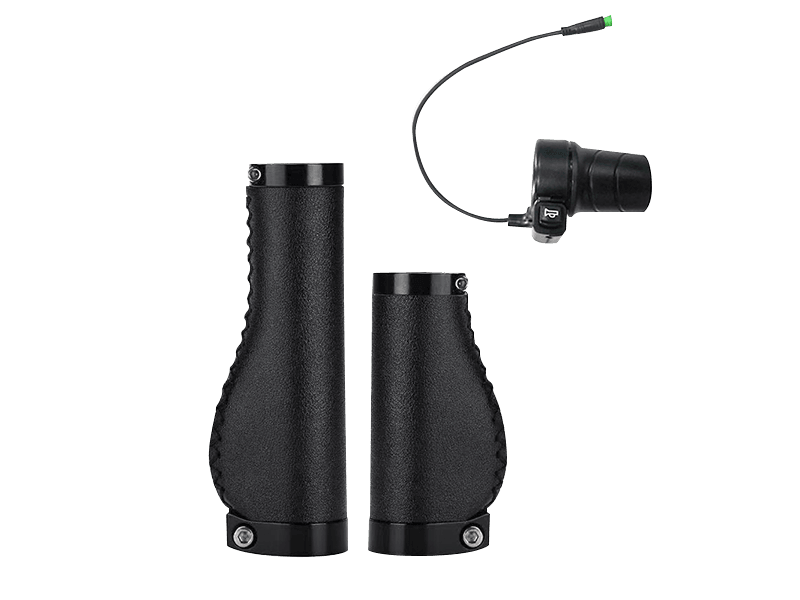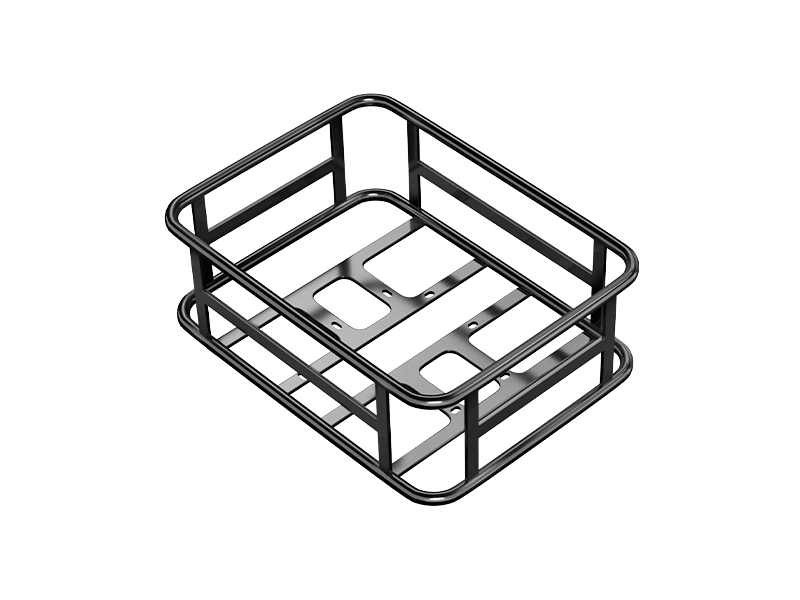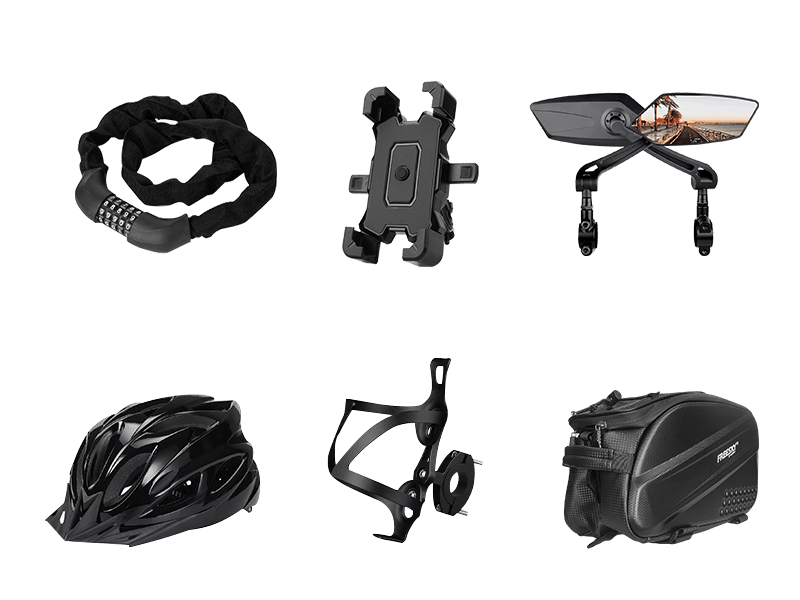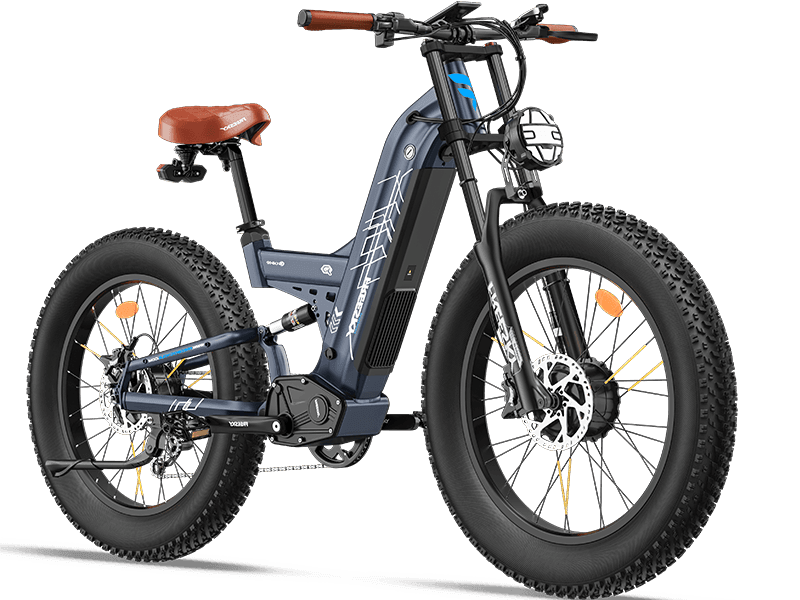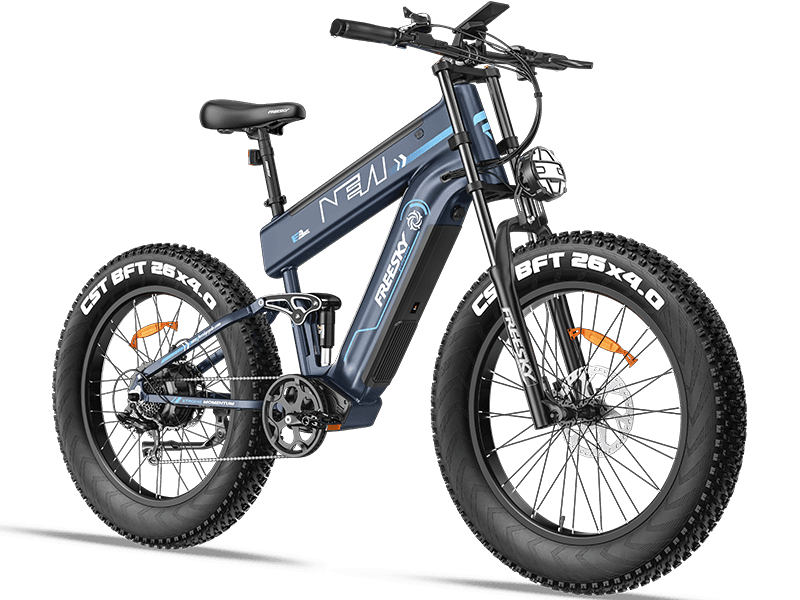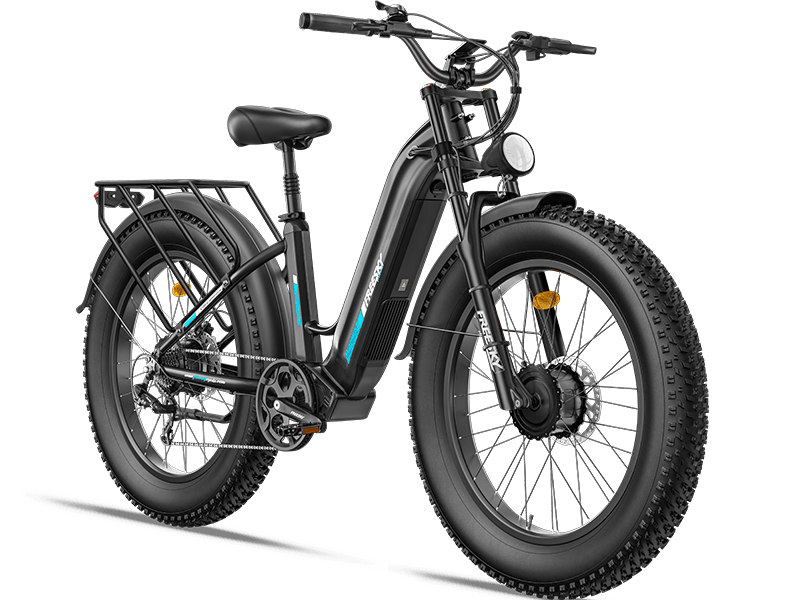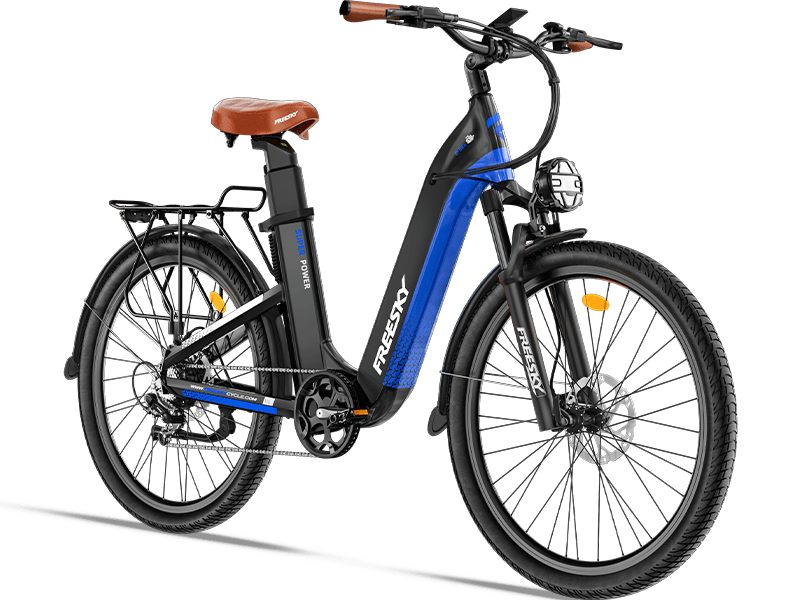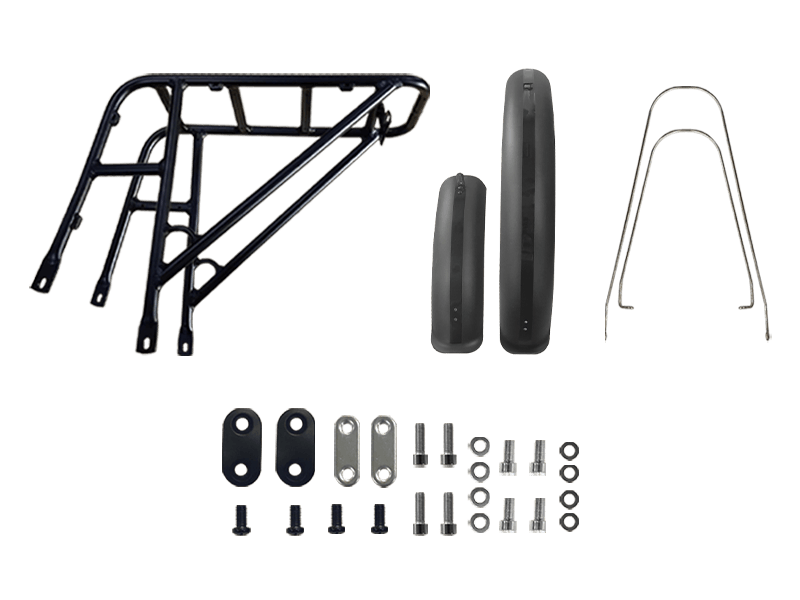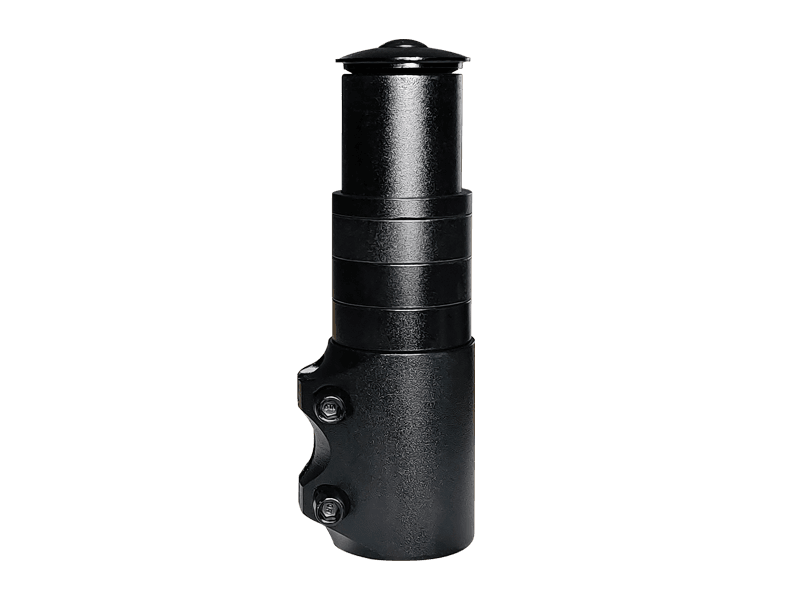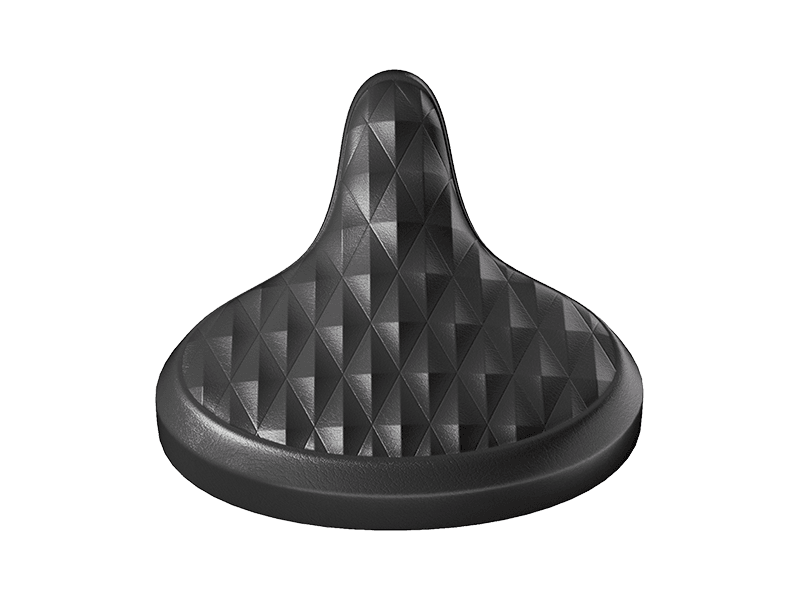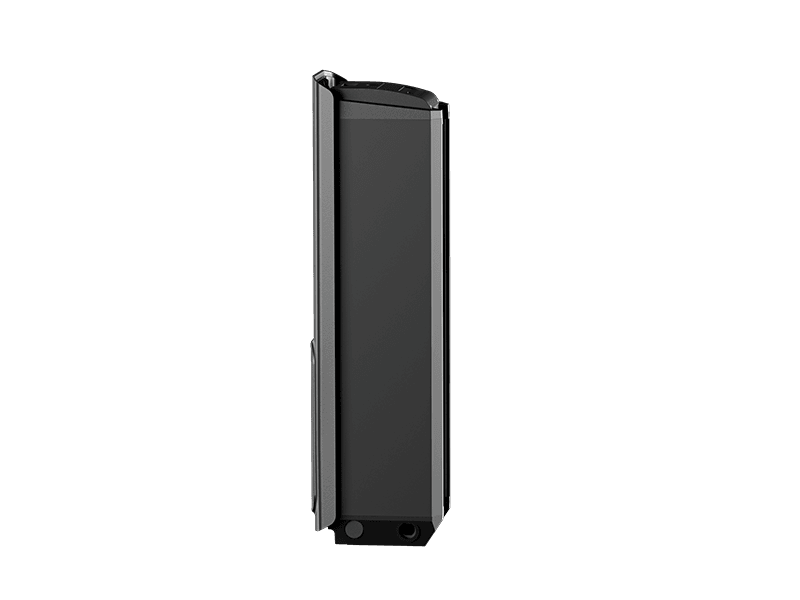Can E-bikes Go Up Steep Hills? Exploring the Capabilities and Challenges
JAN 20, 2025
In the modern era of environmental consciousness and technological advancements, electric bikes, commonly known as e-bikes, have emerged as a popular mode of transportation. Their versatility, ease of use, and relative affordability have made them a favorite among commuters, fitness enthusiasts, and casual riders alike. However, the question remains: can e-bikes effectively conquer steep hills? This article aims to delve into this inquiry, examining the capabilities of e-bikes, the challenges they face on inclines, and the factors that influence their performance.
To understand the ability of e-bikes to climb steep hills, it's essential to first grasp the fundamental principles behind their operation. E-bikes are equipped with an electric motor that provides additional power to the rider, either through a throttle or by assisting with pedal power. This motor is powered by a rechargeable battery, which determines the range and duration of the bike's electric assistance. The amount of power delivered by the motor can vary depending on the model and settings, ranging from a subtle boost to a significant push.
When ascending a steep hill, the e-bike's motor must overcome the increased resistance caused by gravity. The steeper the incline, the greater the force required to ascend it. The performance of the e-bike on hills is influenced by several key factors, including the power of the motor, the capacity of the battery, the weight of the bike and rider, the gearing system, and the type of terrain.
The power of the motor is a crucial determinant. High-powered motors are better equipped to handle steep inclines, providing sufficient torque to overcome the resistance. However, powerful motors also tend to consume more battery power, limiting the range of the bike. Conversely, lower-powered motors may struggle on steeper hills, especially when carrying heavier loads.
The capacity of the battery is another essential factor. A larger battery can store more energy, allowing for longer periods of electric assistance. This is particularly important when climbing hills, as the motor may need to work harder and draw more power from the battery. Riders who frequently encounter steep hills may benefit from investing in a bike with a larger battery capacity.
The weight of the bike and rider also plays a role. A heavier bike and rider require more energy to move, putting additional strain on the motor and battery. Lightweight e-bikes may have an advantage on hills, as they require less power to propel.
The gearing system of the e-bike can also affect its hill-climbing capabilities. Similar to traditional bicycles, e-bikes often have multiple gears that allow riders to adjust the resistance when pedaling. Lower gears provide easier pedaling but slower speeds, while higher gears offer faster speeds but require more effort. Riders ascending hills may find it beneficial to shift to lower gears, reducing the amount of work required to pedal and relying more on the motor's assistance.
Terrain conditions can also influence the performance of e-bikes on hills. Loose soil, gravel, or slippery surfaces can reduce traction and make climbing more challenging. Riders should be aware of the conditions they are riding in and adjust their approach accordingly, such as reducing speed or taking alternative routes.
Despite these challenges, e-bikes are capable of climbing steep hills with varying degrees of success. The key is to choose a bike that is suitable for the rider's needs and the terrain they encounter. Riders may need to experiment with different settings and techniques to find the optimal balance between motor assistance and pedal power. Additionally, regular maintenance and proper care of the e-bike, such as keeping the battery charged and the motor clean, can help ensure optimal performance.
It's worth noting that not all e-bikes are designed for off-road or steep hill climbing. Some models are specifically tailored for urban commuting or casual riding on flat terrain. Riders interested in conquering steep hills should research and compare different models to find one that is suitable for their intended use.
In conclusion, the ability of e-bikes to climb steep hills depends on a variety of factors, including the power of the motor, the capacity of the battery, the weight of the bike and rider, the gearing system, and the terrain conditions. With careful selection and proper usage, e-bikes can be a viable option for riders who need to ascend steep inclines. However, riders should be aware of the limitations of their bike and adjust their approach accordingly to ensure a safe and enjoyable ride.


